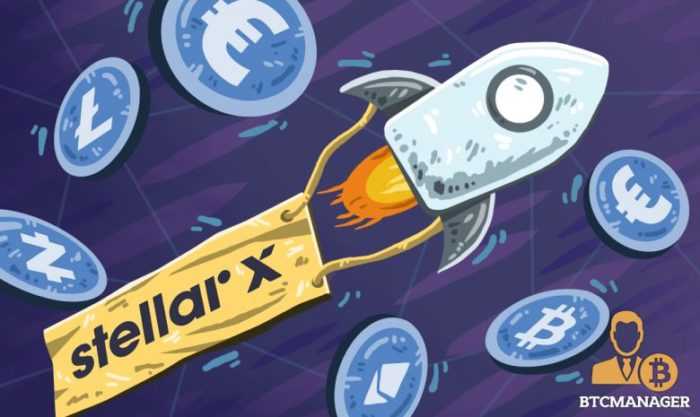2 min read

The cable industry is revolutionizing due to the evolving technological advancements and the sprouting demands of viewers to customize from their favorite show to their payment plan. It has become very tedious for service providers to maintain their reputation. Because of this, numerous digital cable providers have given a smorgasbord of choices to take into account. The internet gets overloaded with information regarding the different TV service providers.
Every one of these seems to commit to practical solutions, but not many of them make it a pleasant experience for the viewer. Several TV providers focus on great arrangements in their service, yet very few of them transform it into a pleasant journey. So, we have come up with the attributes that you should keep in mind before going for any of the mentioned suppliers. There are various digital television alternatives out there and most offer packages with some network access bundle. We’re looking at merely the digital television benefit alternatives as independent elements.
No matter how you see it, digital television suppliers experience the ill effects of poor client benefit surveys. Cable suppliers don’t make it simple to look at alternatives. They all offer a few bundles. However, the costs and channel determination aren’t steady among suppliers. For the convenience of the users, we are putting together a comparison of the top 3 cable TV providers in the USA such as Charter Spectrum, Comcast Xfinity, and Cox Communications.
1: Charter Spectrum
Charter Spectrum is a champion among the most surely understood cable TV providers in the USA. It offers more than 200 HD quality channels across 41 states of the United States. Spectrum Cable Company emerged in 2016 after Charter Communications acquired Bright House Networks and Time Warner Cable. Since then, it delivers cutting-edge digital facilities to millions of customers across the USA with ease and efficiency.
It offers a terrific blend of functionality and entertainment with exceptional cable TV, internet, and digital phone services. Charter cable TV provides the best experience of watching popular and premium sports, news, and family channels in HD such as CNN, BBC, HBO, ESPN, HGTV, STARZ, STARZ ENCORE, NFL Network, and a lot more. With the free DVR service, users can pause or record their favorite content and watch it later when they are free. However, if you forget to record your favorite show, you can still watch it with remarkable demand-driven choices. Charter On-Demand selections allow customers to watch thousands of movies and songs in 3D as well as enjoy the latest films and musical concerts.
Users can enjoy more than 170 channels in HD and live stream on the go by downloading Spectrum TV app in their cell phones, laptops, and tablets. One of the exciting features of Charter cable TV is its perfect pairing with the internet. Now, customers can download and watch tons of movies, play games online and enjoy live stream with the ideal coupling of cable TV and Charter internet. Spectrum delivers its cable TV service along with incredible features at highly cost-effective rates of $60 per month without any contract. In fact, in 2018, it secured the highest rank among other cable TV providers and received 63/100 in ACSI and Customer Satisfaction Reviews.
2: Comcast XFINITY
Comcast Xfinity is well-received among the users and provides cable TV facilities in more than thirty-nine states of the US. Unlike other cable TV providers, Xfinity delivers TV solutions without any requirement of bundling it with any other service like internet and phone service. Like Charter Spectrum, it provides outstanding news, sports, and entertainment networks in three exceptional packages like Starter, Preferred, and Premium. Customers can enjoy over 200 finest-quality channels using these packages like TNT, NAT GEO WILD, MGM, ESPNEWS, STARZ ENCORE, HGTV, etc. The price of Starter Package is less than the Charter TV Select; however, it does not provide essential features to the users such as On-Demand choices, Internet coupling, etc. In 2018, Comcast received 60/100 from ACSI and Customer Reviews Report and significantly enhance its trust on the customers.
3: Cox
Cox Communication is quite popular in the USA and provides its services to more than 6 million consumers. It offers its cable internet services in more than eighteen states across the USA. Cox is the only cable TV provider that allows customers to customize their TV using a vast technical library. Moreover, it offers users self-installation service at low rate i.e. $20, while the professional installation requires $75. With Comcast Contour TV package, users get access to more than 140 premium quality networks in HD such as sports, entertainment, educational, family and kids’ networks at $64.99/month.
If you desire to add your favorite channels in the list you can easily do that by paying the additional fee for each channel. Pay per View feature requires customers to pay $11-$16 per month for adding up networks in the preselected base. In 2018, it received 63/100 from ACSI and Customer Review Reports that indicates its significant customer satisfaction.
Final Verdict
In this article, we have evaluated the cable TV services of the nation’s largest cable TV providers. We have taken an in-depth assessment of various factors like pricing, number of channels, accessibility, and customer reviews. After a detailed analysis of these features, we have concluded that Charter Spectrum is currently the best cable TV provider in the USA.
Author of this article is Edward Robinson and the article was originally posted on cupertinotimes.com
Risk Disclosure (read carefully!)




















